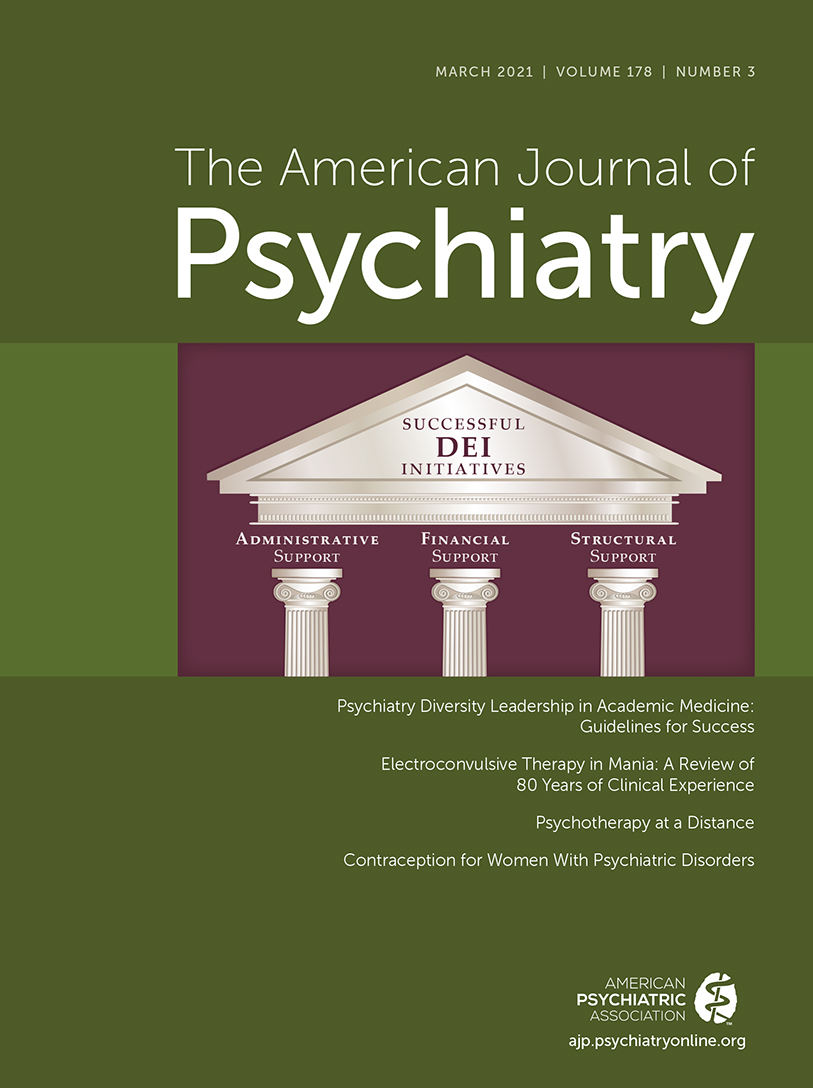The Importance of Conduct Disorder in the Treatment of Violence in Schizophrenia: Efficacy of Clozapine Compared With Olanzapine and Haloperidol
Abstract
Objective:
Treatment of violence in schizophrenia remains a challenging problem, especially in patients with conduct disorder. Previous clinical studies did not select patients on the basis of violence and did not focus on conduct disorder. This study is a head-to-head comparison of clozapine, olanzapine, and haloperidol in the treatment of violent schizophrenia patients with and without conduct disorder.
Methods:
Physically assaultive schizophrenia patients (N=99) were randomly assigned to receive clozapine, olanzapine, or haloperidol in a 12-week double-blind trial. They were characterized on the basis of the presence or absence of conduct disorder before age 15. Assaults were recorded; their frequency and severity were scored on the Modified Overt Aggression Scale. Psychiatric symptoms were evaluated through the Positive and Negative Syndrome Scale.
Results:
Patients with a history of conduct disorder had more frequent and severe assaults than those without conduct disorder during the 12-week trial. Clozapine was superior to haloperidol and olanzapine in reducing assaults; olanzapine was superior to haloperidol. Clozapine’s greater antiaggressive efficacy over haloperidol was substantially more pronounced in patients with conduct disorder than in patients without conduct disorder. In patients with conduct disorder, clozapine was four times more likely than haloperidol to result in lower violence; in patients without conduct disorder, it was three times more likely to do so. Olanzapine’s superiority over haloperidol was also more pronounced in patients with conduct disorder.
Conclusions:
This study is the first to examine the effect of clozapine in violent schizophrenia patients with conduct disorder. When conduct disorder is present, clozapine is the optimal treatment.



